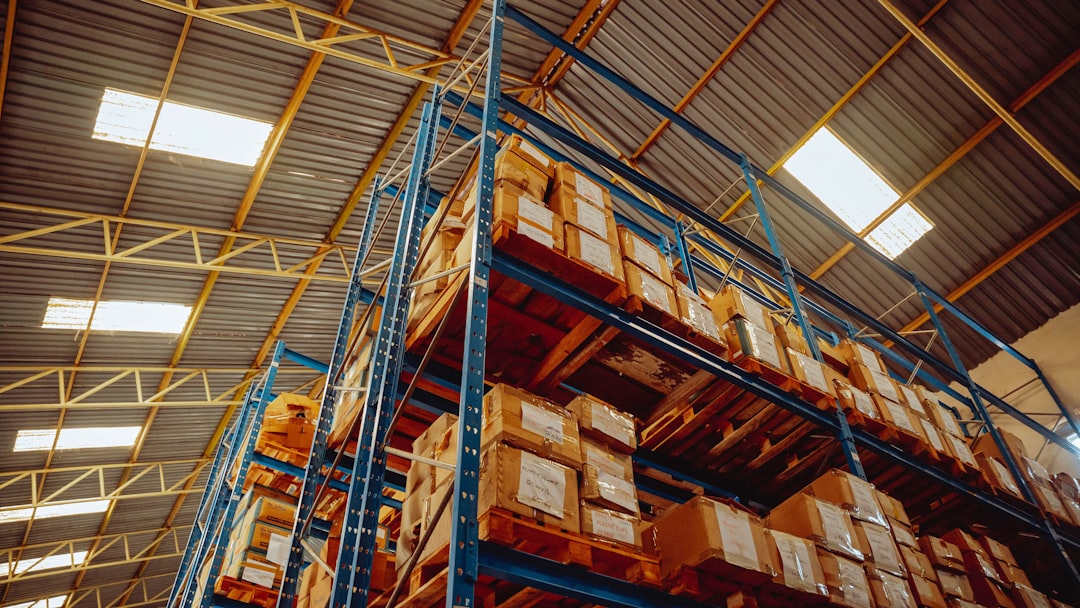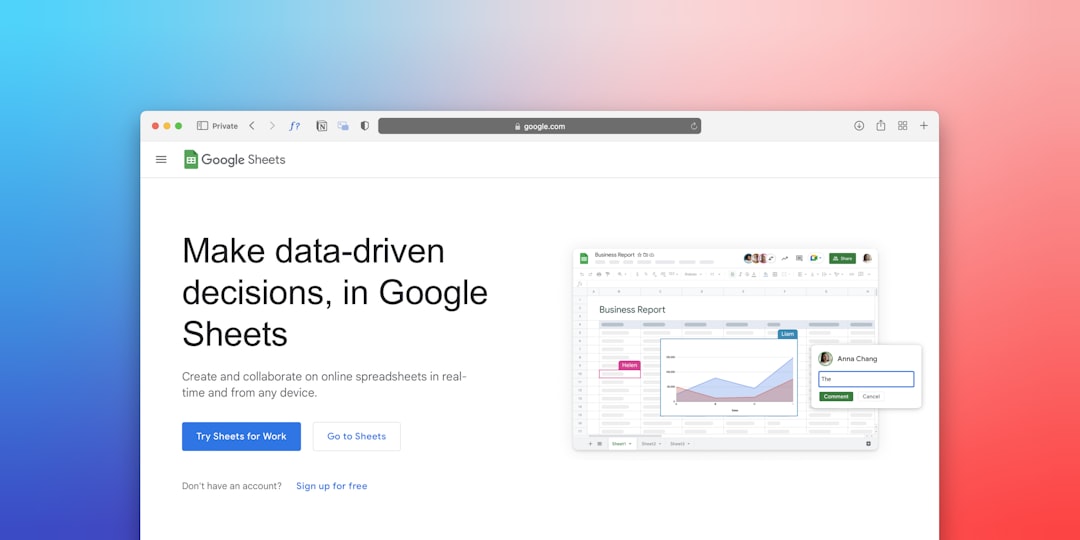In the age of digital transformation, the distribution industry is undergoing a seismic shift. For decades, distributors relied on tried-and-tested brick-and-mortar sales models—using field sales reps, printed catalogs, and trade shows to connect with wholesale buyers. But as buying behavior evolves and technology advances, ecommerce for distributors is emerging as a game-changing innovation, reshaping how products are sold and delivered.
This transformation is not simply about launching a website; it’s about leveraging digital channels to enhance customer experiences, improve operational efficiency, and unlock scalable growth opportunities. Ecommerce platforms now empower distributors to provide 24/7 service, targeted marketing, and flexible fulfillment methods, which are crucial in today’s competitive landscape.
The Rise of Ecommerce in Distribution
This digital pivot has been fueled by a combination of technological progress and changing customer expectations. Buyers expect the same seamless self-service experiences they get from consumer platforms like Amazon and Walmart. They want to compare prices, check inventory in real time, and place orders from any device at any time.
Distributors who delay digital adoption risk falling behind their competitors and losing customers to more agile, tech-savvy players. Those that embrace ecommerce quickly realize significant benefits:
- Increased sales reach – Online platforms are not limited by geography, enabling distributors to reach national or even international buyers.
- Improved customer service – Buyers can track orders, find product information, and reorder with ease.
- Operational efficiency – Automated processes reduce manual workload, minimizing errors and speeding up order fulfillment.
According to a report by Digital Commerce 360, more than 65% of B2B buyers are making at least half of their purchases online. This trend only continues to accelerate, making it essential for distributors to digitally transform their operations.

The Challenges of Traditional Brick-and-Mortar Sales
Traditional distribution models, while reliable in the past, come with limitations:
- Limited availability – Brick-and-mortar locations operate on set hours and can’t match the constant accessibility of an ecommerce solution.
- Slow transaction processes – Orders taken over the phone or in person take time to process and require manual data entry, which increases the chance of human error.
- Restricted customer data – Offline interactions yield only sparse records compared to the rich analytics ecommerce platforms can capture.
Moreover, reps can only manage a limited number of accounts. Growth is often constrained by the number of staff and physical reach. In contrast, ecommerce platforms offer a central hub where countless transactions can be handled simultaneously and globally—all while gathering actionable data to better understand buyer behavior and needs.
Core Benefits of Ecommerce for Distributors
The true power of ecommerce lies beyond convenience. It solves deeply entrenched challenges common in wholesale and B2B purchasing, helping distributors:
Offer a Self-Service Experience
B2B buyers prefer self-service options. With ecommerce, they can browse product catalogs, filter results by specifications, view personalized pricing, and check stock availability in real time. This reduces reliance on sales reps and significantly shortens the purchasing cycle.
Integrate with Backend Systems
Modern ecommerce platforms can integrate with ERP, CRM, and inventory management tools. This ensures live updates, accurate product availability, synchronized billing, and faster processes. Greater integration reduces errors and saves time across departments.
Scale Effortlessly
Once established, an online sales channel can grow rapidly without needing a comparable increase in workforce or infrastructure. Distributors can add new regions, offer custom storefronts for key customers, or launch private-label products—all with lower marginal costs than a physical expansion would require.
Leverage Analytics
Every click, view, and order creates data. Ecommerce platforms collect and analyze this information, providing insights into customer behavior, popular products, cart abandonment rates, and more. These insights help optimize marketing, inventory planning, and customer retention strategies.

Customer Expectations and Personalization
B2B customers now expect an experience similar to B2C platforms—but with business-specific customizations. That includes contract-based pricing, volume discounts, and scheduled reordering options. An ecommerce strategy for a distributor should make it easy to deliver these features.
The level of personalization possible online far exceeds what’s achievable through traditional interactions. Distributors can showcase tailored product recommendations and personalized promotions based on purchase history and behavior. This personalization translates directly into increased customer satisfaction and loyalty.
Features to Look for in Ecommerce Solutions for Distributors
Not all ecommerce platforms are built for the complexity of B2B distribution. When choosing a platform, it’s critical to evaluate the following features:
- Advanced catalog management – Ability to manage thousands (or millions) of SKUs across categories, with specs, certifications, and documentation.
- Custom pricing and permissions – Support for account-specific pricing, tiered discounts, and approval-based workflows.
- Integrated quoting tools – Customers can request RFQs and receive tailored quotes quickly within the same interface.
- Mobile optimization – Ensure the platform works seamlessly across devices and for field agents who handle orders on the go.
- Flexible payment and shipping options – Support for purchase orders, credit terms, multiple carriers, and delivery scheduling.
Evaluation should also factor in the need for robust security, scalability, and support. A future-ready ecommerce solution will evolve with your business, not constrain it.
Transitioning from Traditional to Digital
Moving from a traditional distributor model to an online one isn’t without challenges. It requires strategic planning, buy-in from internal stakeholders, and changes to existing workflows. However, taking a phased approach can ease the transition:
- Assess digital readiness – Analyze existing processes, customer behavior, and system infrastructure to establish a baseline.
- Choose the right platform – Select an ecommerce solution that aligns with your business goals and technical capacities.
- Train the team – Empower sales reps to become digital consultants, helping customers navigate the new platform.
- Migrate data and inventory – Ensure product listings, pricing, and customer data are accurate and up to date.
- Launch and iterate – Go live with limited features if needed, gather feedback, and refine the experience over time.
Customer engagement during this transition is essential. You don’t want to alienate loyal clients, but rather show them how digital tools enhance the service you already offer.
The Road Ahead for Distributors
The transition from brick-and-mortar to ecommerce doesn’t mean doing away with human connection. Rather, it complements your existing channels, allowing your sales team to focus on relationship-building and strategic accounts while digital tools handle transactions and routine orders.
Distributors who embrace ecommerce future-proof their businesses by staying aligned with buyer expectations, lowering operational costs, and unlocking new growth opportunities. In a world where speed, convenience, and visibility are non-negotiable, ecommerce is not just an added feature—it is foundational to the success of modern distribution.
As this industry continues to evolve, those who are proactive in embracing change will have the edge. The tools are available. The demand is evident. The time to act is now.
I’m Sophia, a front-end developer with a passion for JavaScript frameworks. I enjoy sharing tips and tricks for modern web development.
